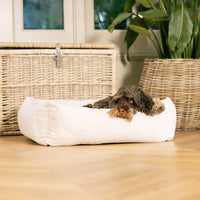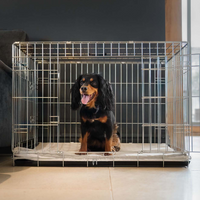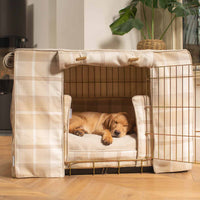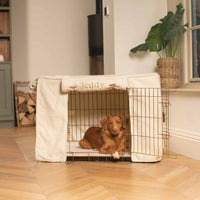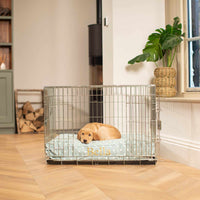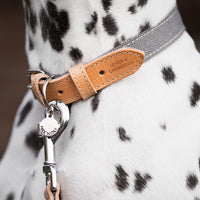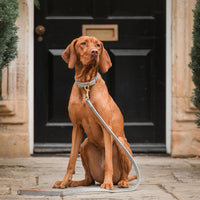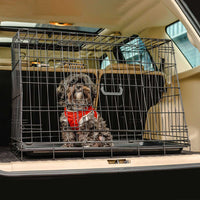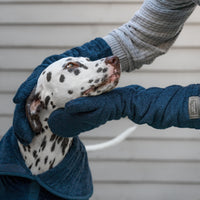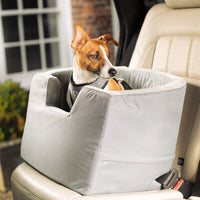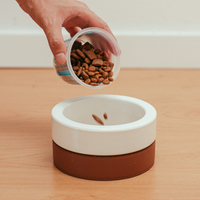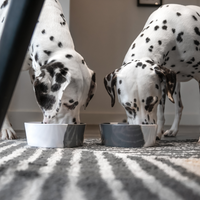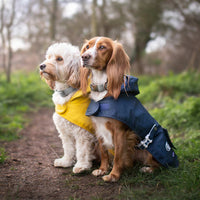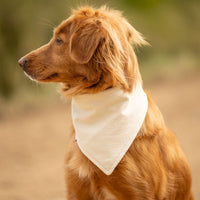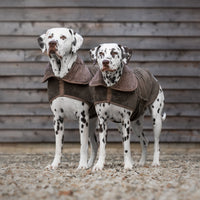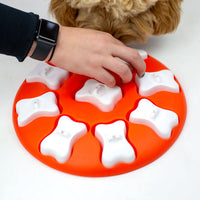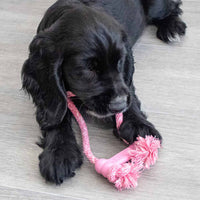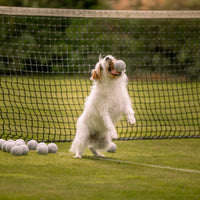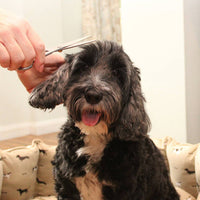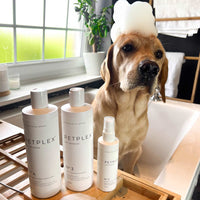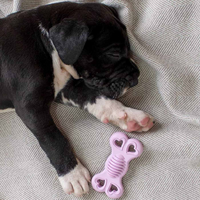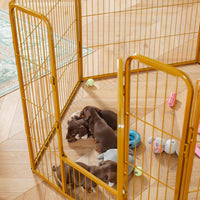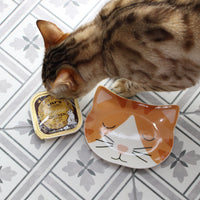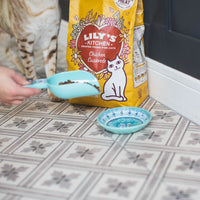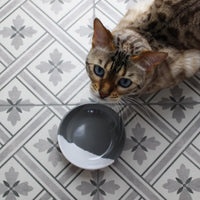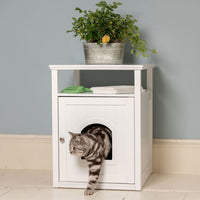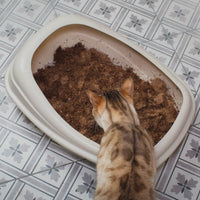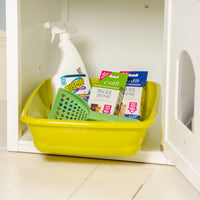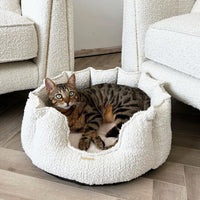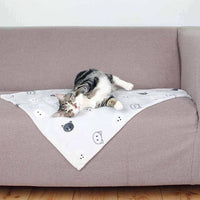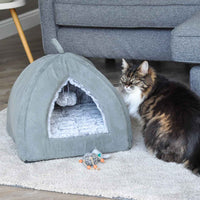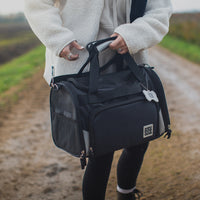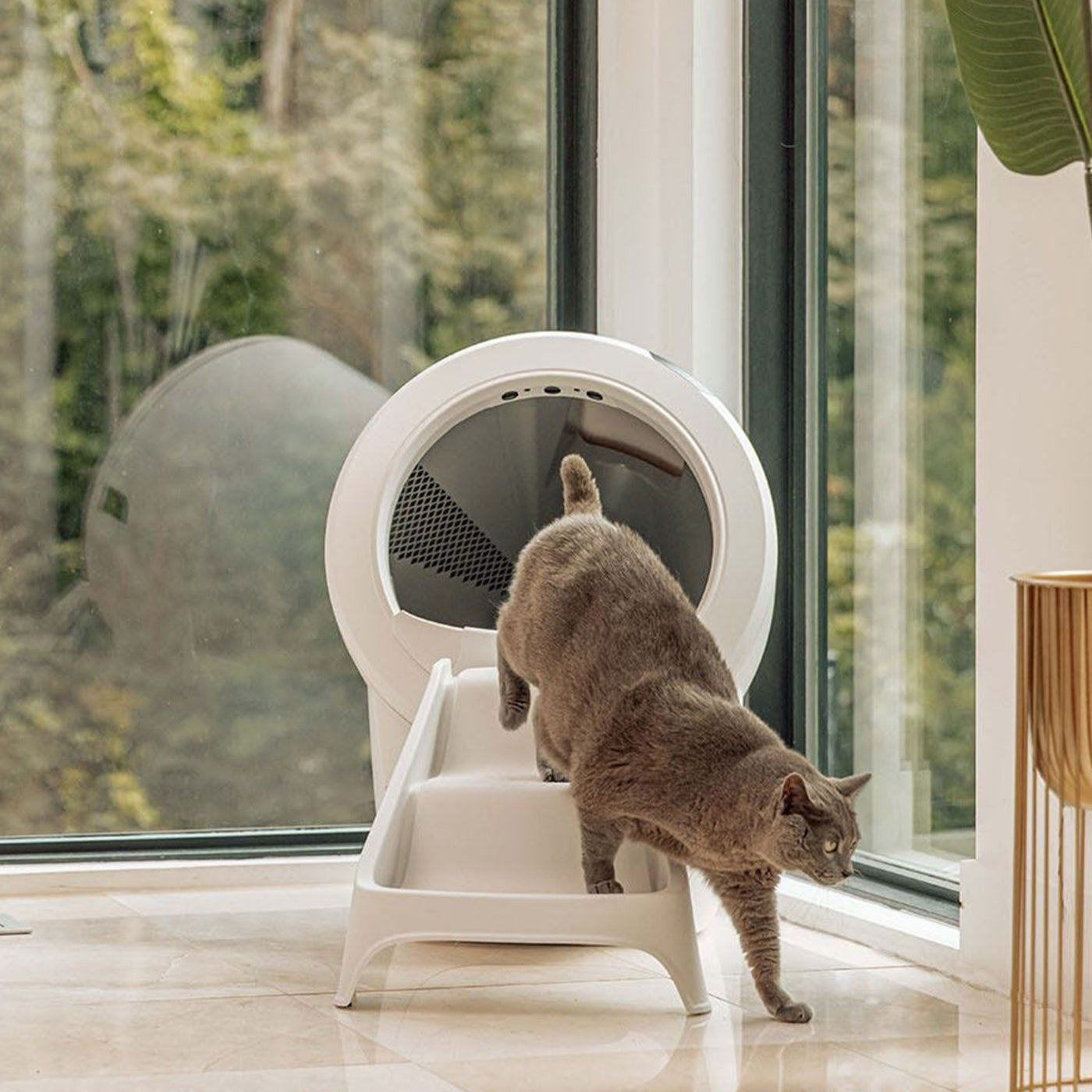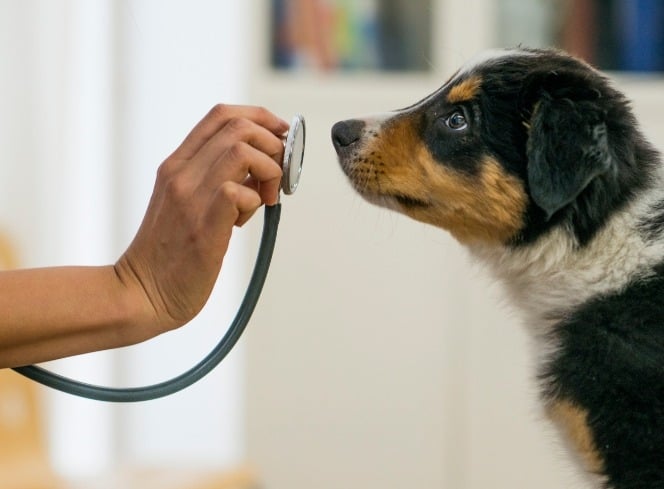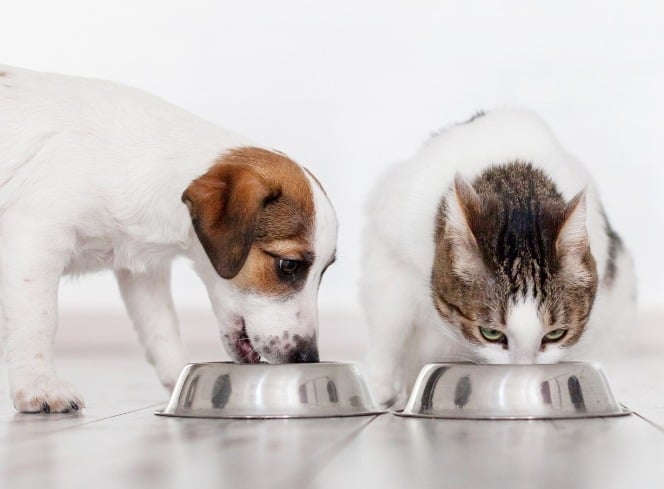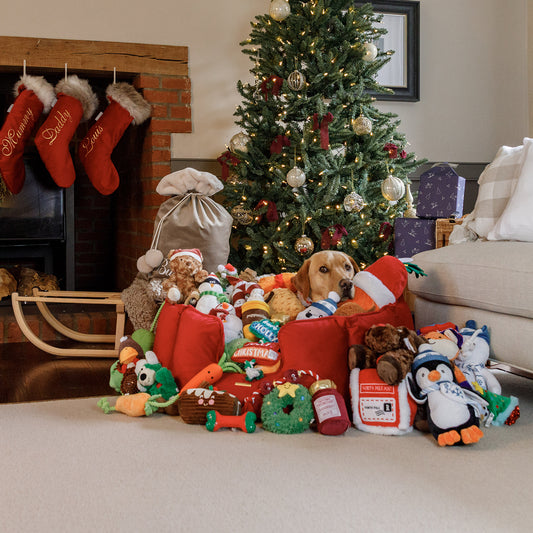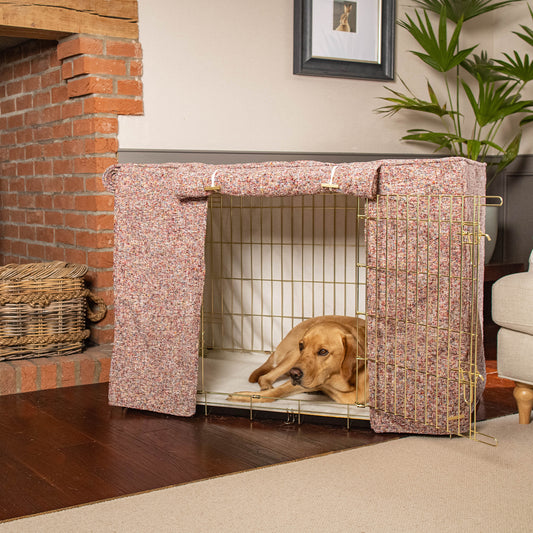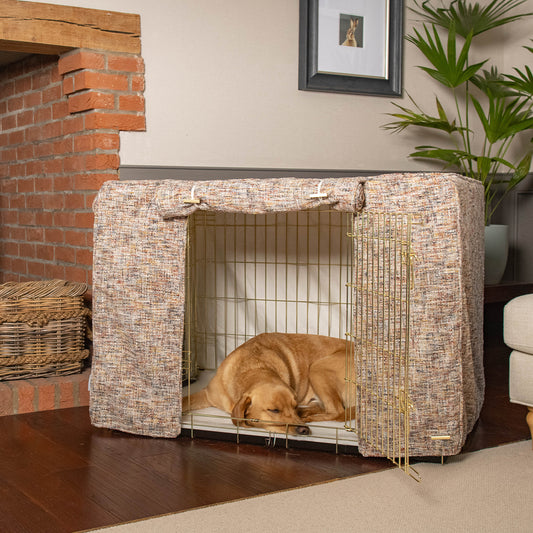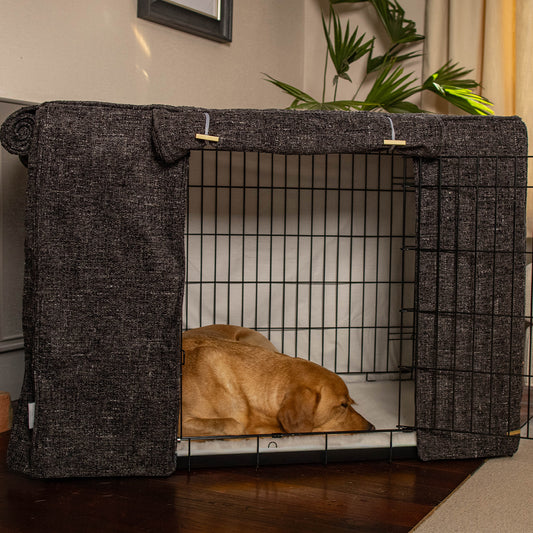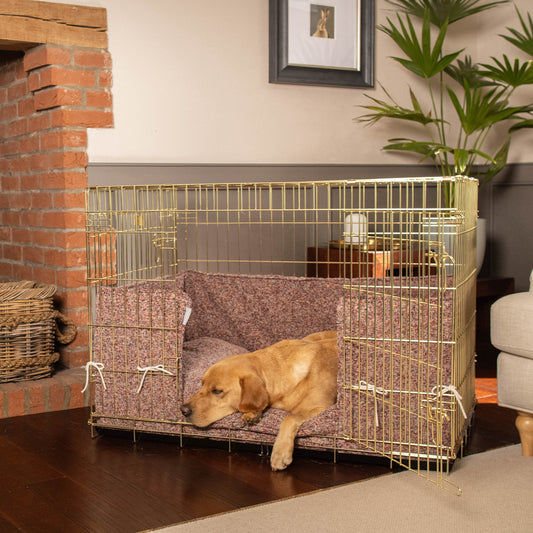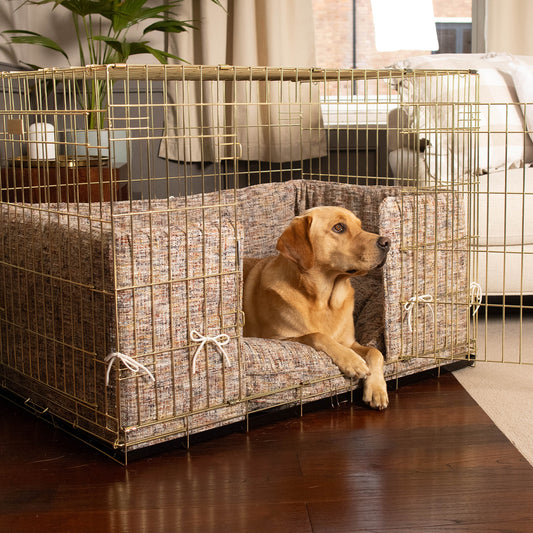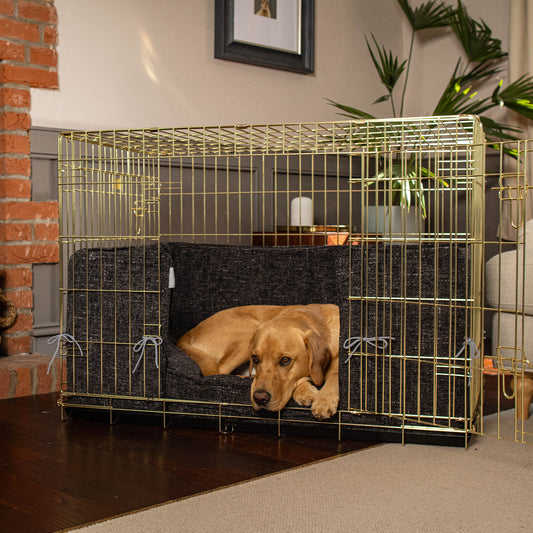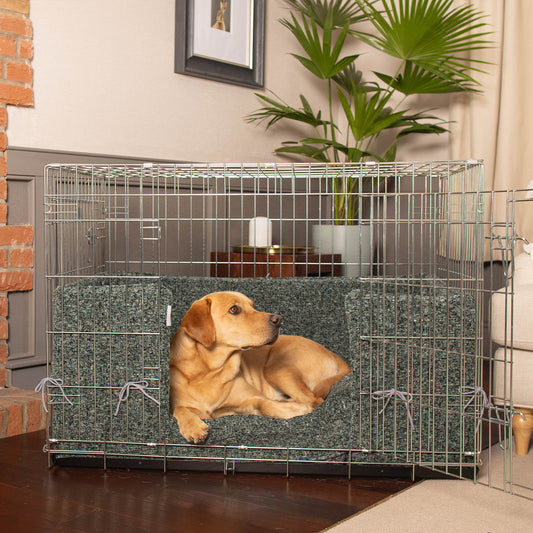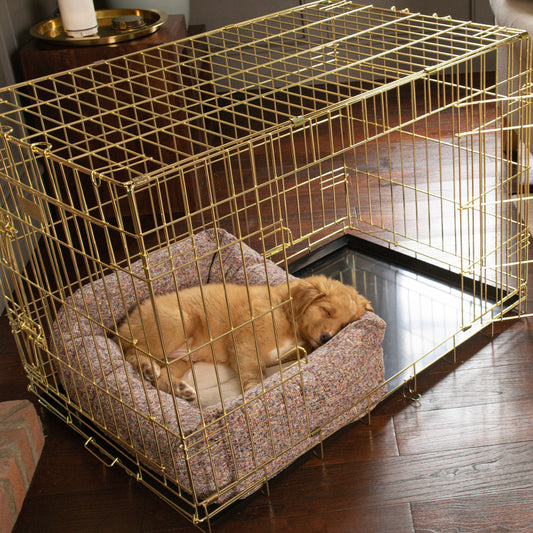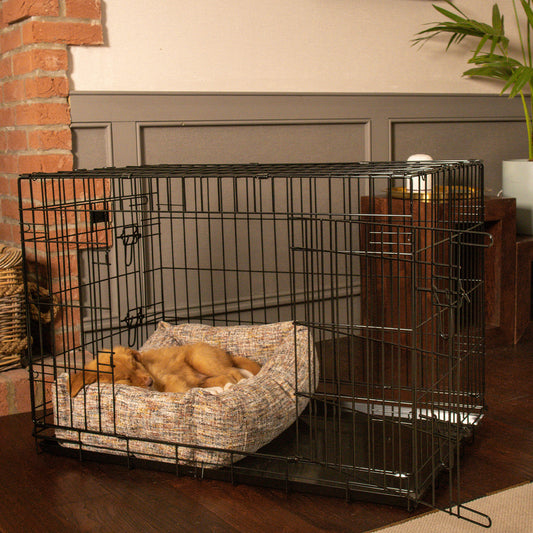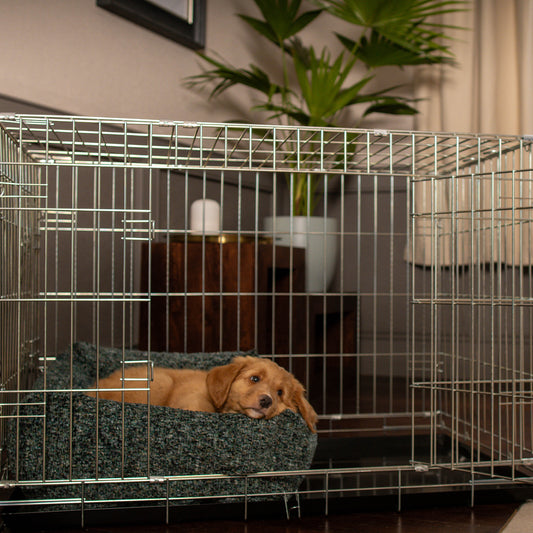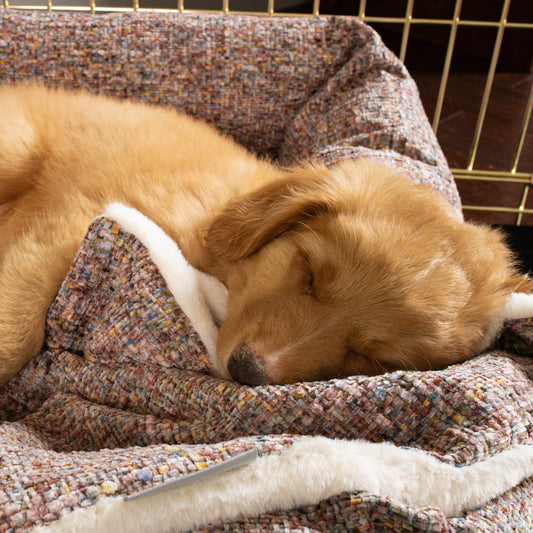As temperatures rise during the scorching summer months, it’s important to keep your dog’s health in mind, including their sensitive paw pads. Dogs can suffer from burned paw pads due to various reasons, including hot pavements, artificial grass, sand, or even chemicals.
In this guide, we'll delve into the essential steps on how to treat, care for, and soothe burned dog paws, ensuring your canine companion stays comfortable and healthy throughout the summer.
Understanding Burned Dog Paws:
Before diving into treatment methods, it's crucial to understand how dogs can end up with burned paws, especially during the summer season. The primary cause of burned paw pads in dogs is walking on hot surfaces such as asphalt, concrete, sand, artificial grass or metal. These surfaces absorb and retain heat, making them particularly hazardous for your dog's delicate paw pads. Additionally, exposure to chemicals like road salt, lawn fertilisers, or pool additives can also lead to burns on your dog's paws.
How to Prevent Burned Dog Paws in Summer:
Prevention is key when it comes to protecting your dog's paws from burns. Vets Now have put together 4 easy steps you can take this summer to protect your dog’s paws:
- Follow the seven second rule. Place the back of your hand on the pavement or surface you are planning to walk your dog on for seven seconds, if it’s too hot for your hadn’t then it’s too hot for your dog’s paws
- Keep to natural grass. Artificial grass retains much more heat than natural grass. We recommend opting for shady routes and natural grassy areas when walking your dog to minimise contact with hot surfaces
- Schedule walks during cooler times of the day, such as early morning or late evening, to avoid hot surfaces.
- Protect their paws Invest in booties or paw balm to create a barrier between your dog’s paws and any hot surfaces.

How to Treat Burned Dog Paws:
If your dog does end up with burned paw pads, prompt treatment is essential to alleviate discomfort and promote healing. Follow these steps to care for your dog's burned paws:
- Assess the Severity: Start by examining your dog's paws to assess the extent of the burns. Minor burns may present as redness or blistering, while more severe burns can cause swelling, raw patches, or even peeling of the skin.
- Cooling Compress: Apply a cool, damp cloth to your dog's burned paw pads to help reduce inflammation and soothe discomfort. Avoid using ice directly on the paws, as it can cause further damage.
- Gentle Cleaning: If there are any foreign substances or debris stuck to the burned paw pads, gently clean the area with lukewarm water and mild pet-safe soap. Pat the paws dry with a clean towel afterward.
- Moisturise: After cleaning and drying your dog's paws, apply a pet-safe moisturising balm or aloe vera gel to promote healing and keep the paw pads hydrated. Avoid products containing harsh chemicals or fragrances, as they may irritate the sensitive skin further.
- Protective Bandaging: For more severe burns or to prevent your dog from licking or chewing the affected paw pads, consider applying a breathable, non-adhesive bandage. Ensure that the bandage is not too tight and check it regularly for signs of irritation.
- Rest and Restricted Activity: Encourage your dog to rest and avoid strenuous activity while their paw pads heal. Limit outdoor time, especially during the hottest parts of the day, to prevent further damage.
We recommend keeping a first aid kit on hand with the above items in, our Pet Experts particularly love the Charlie The Vet first aid kit as it was designed by vets for pets to give owners the tools and knowledge needed to treat common at-home emergencies.

How to Soothe Burned Dog Paws:
In addition to the above treatment steps, there are several additional methods you can use to soothe your dog's burned paw pads and promote healing:
- Oatmeal Baths: Prepare a soothing oatmeal bath for your dog by adding finely ground oatmeal to lukewarm water. Soak your dog's paws in the oatmeal solution for 5-10 minutes to relieve itchiness and inflammation. We also recommend keeping an oatmeal paw balm on hand to further reduce the inflammation, we love both the Pet Head Oatmeal Paw Butter and the Bugalugs nose and paw balm - both are super hydrating and kind to sore paws.
- Epsom Salt Soaks: Epsom salt has natural anti-inflammatory properties that can help alleviate pain and reduce swelling in burned paw pads. Dissolve Epsom salt in warm water and soak your dog's paws for 10-15 minutes.
- Natural Remedies: Consider using natural remedies such as calendula cream or coconut oil to soothe and moisturise your dog's burned paw pads. These ingredients have anti-inflammatory and healing properties that can aid in the recovery process.
- Comfortable Sleeping Area: Ensure that your dog has a comfortable and padded sleeping area to rest their paws while they heal. Avoid hard surfaces or abrasive materials that could further irritate the burned paw pads.
Conclusion:
Taking proactive measures to prevent burned dog paws and promptly treating any injuries is crucial for maintaining your dog's paw health, especially during the summer months. By following the expert tips outlined in this guide, you can ensure that your canine companion stays comfortable, happy, and free from paw pad burns all season long. Remember to consult with your vet if you have any concerns about your dog's paw injuries or if you notice signs of infection.
With proper care and attention, you can keep your dog's paws safe and sound, allowing them to enjoy outdoor adventures without the risk of discomfort or injury.
Here at Lords & Labradors we focus on sourcing and making the best quality pet products, including the best grooming and first aid products to help soothe and protect your dog’s paws this summer - shop here.


